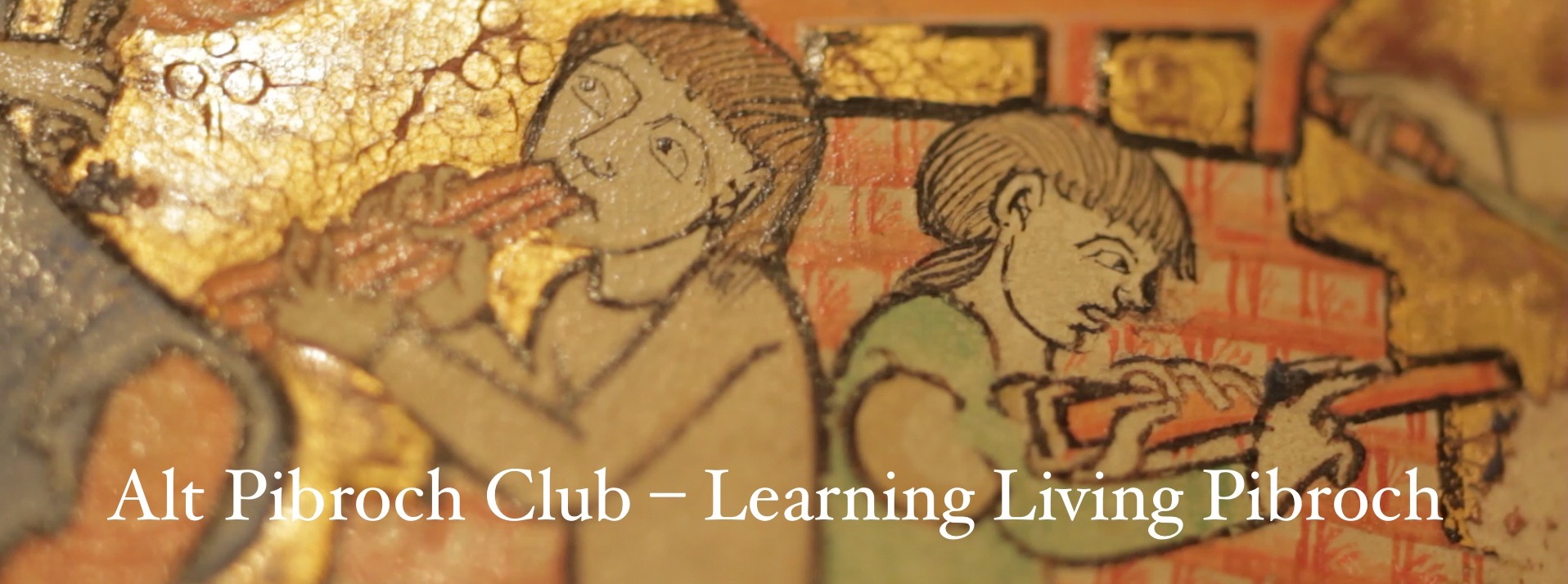Our solo competition system is remarkable for its longetivity and its ability to sustain our art.
It is also remarkable for its relative dearth of audiences, its declining attendance, and its inability to attract a broad public audience.
Fortunately, the technological capability of streaming is a possible option for those organizers with the expertise and funding to take advantage of it: it allows for aficionados from all over the world to enjoy top level competition performances and may even be an option that is monetizable without disincentivizing local audiences.
But the truth of the matter is, our competitors rarely entice members of the public to sit in and enjoy our music.
Why is that?
Several factors come to mind, but all of them can be summed up by the fact that we do not train our performers in the skills of audience engagement at all.
Why is that? For one thing, because we are generally told that the only audience member that matters is the judge. Maybe not in so many words (though some top-level competitors have been known to say just that, and to cater their style to appeal to the particular judges on the panel - a not un-clever art). But it is clear from the format that the judge is the one who is the most important audience member.
This is well and good, because we are, after all, competing, not entertaining.
But many of us do more than compete. We are often called upon to “entertain”. We encounter many more performance contexts than competitions: from weddings to funerals to Robert Burns dinners to parades, we have opportunities to make an impression upon the public.
And yet, how often have you ever been taught by your tutor in the art of audience engagement? Oh sure, dress and decorum are subjects we learn about. We even have workshops and (yet again) competitive awards.
But audience engagement? The art of connecting and enticing a member of the public to listen?
Dr. Noa Kageyama is a professional musician and consultant in the field of peak performance. We will be interviewing him in the very near future, but for now one of the best things you, as a musician and performer, can do is go to his website, subscribe to his blog, and take his very informative course Beyond Practicing.
In particular, with respect to this particular topic, he has reported on research regarding “The Most Important Part of a Performance That We Forget to Practice.” Guess what it’s about?
The first impression and the stage entrance: acknowledging the audience, direction of gaze and how often they changed it, the stride across the stage and its sense of confidence and resolution.
In other words: how to engage the audience.
And the fact that the first impression makes a lasting impression.

Interesting thoughts, Dr. Hester. Almost any time I play the pipes in public I get the thrill of a peak performance, except in competition. I guess I’m just not competitive. I was raised to not put myself above others, to be charitable and forgiving, to share rather than hoard, and to make peace not war. Competition has replaced war for the theater of piping glory. One famous competition/army piper was asked to say a few words to the audience at a concert (not a competition), and his response was “I don’t have anything to say to THOSE people.” Dr. Kageyama has his work cut for him here.
John Dally